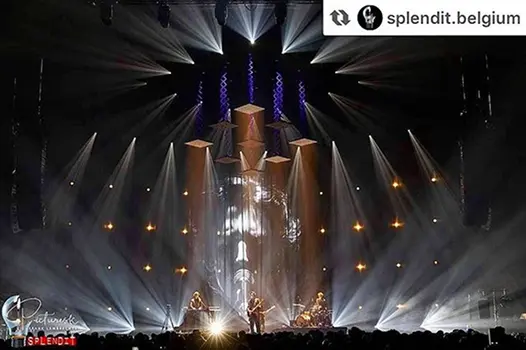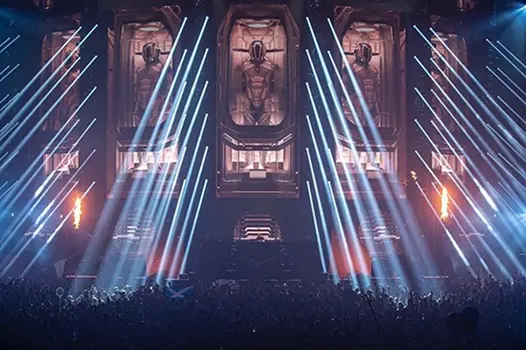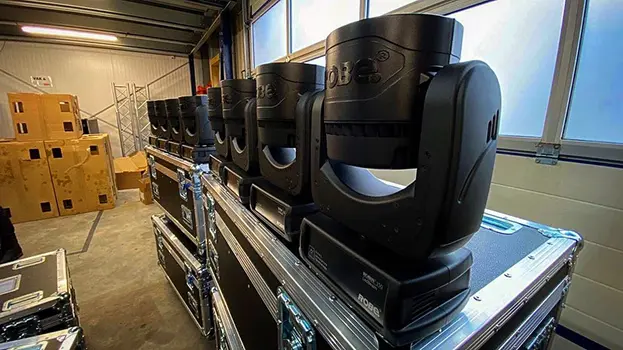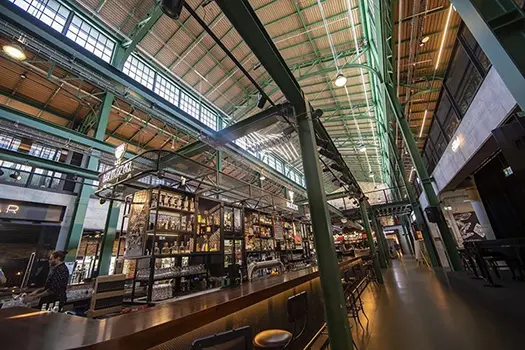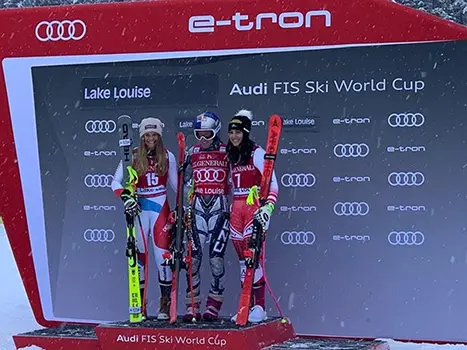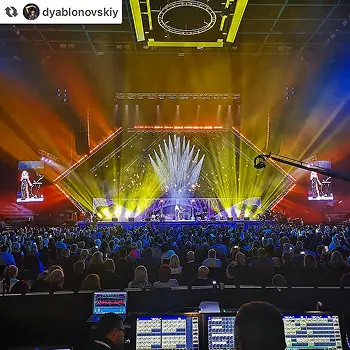GLOBAL / ENGLISH
Contacts
Headquarters
Robe Subsidiaries
Business Development
User login
Global / EN
Application Picker
27.10.2022
Robe Colours Up “Allesandro Nell’Indie” for Bayreuth Baroque Opera Festival
Products Involved
Bayreuth, Germany, an epicentre of creativity and exploration in the world of opera, hosted its third Baroque Opera Festival (BBOF) this year with a lively programme of works including “Allesandro Nell’Indie”, which was lit by French LD David Debrinay using over 50 Robe moving lights including T1 and T2 Profiles and LEDBeam 350s.
Previous
Next
Discover more news
Navigate
Log in
Follow Us
Stay in Touch
Navigate
Log in
Follow Us
Stay in Touch
Robe international newsletter
All rights reserved. Created by Appio









